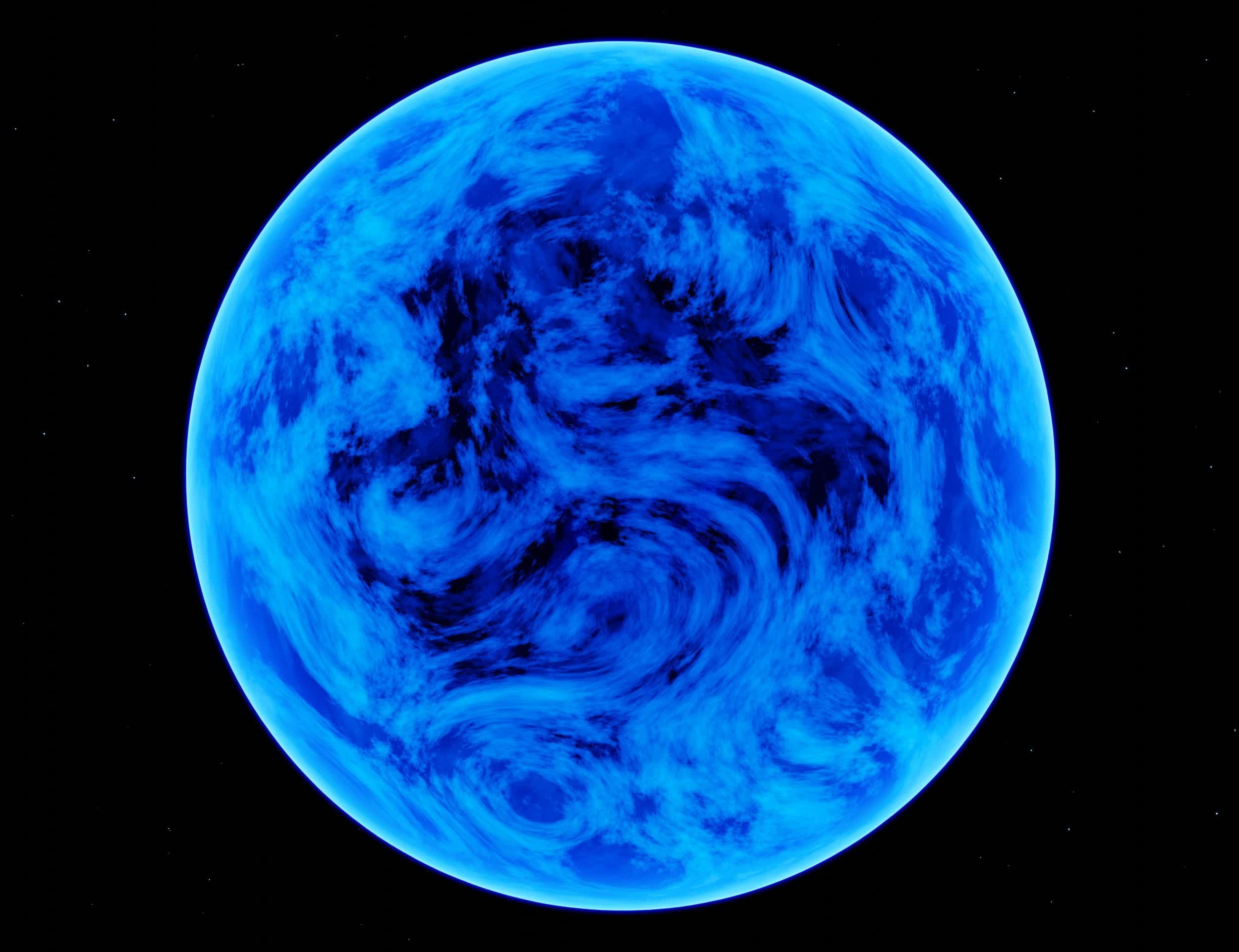The big picture: Researchers interested in a pair of exoplanets originally discovered eight years ago now believe the celestial bodies could be water worlds. The planets in question, Kepler-138c and d, orbit a red dwarf star about 218 light-years from Earth in a constellation known as Lyra. They were first detected by NASA's Kepler space telescope along with a third planet, Kepler-138b, in 2014.
Researchers from the Université de Montréal decided to re-observe the planetary system using the Hubble and Spitzer space telescopes a few years later in hopes of learning more about them. The bet seems to have paid off.
While the team has not directly detected the presence of water on the remote worlds, other evidence points to that likelihood.
Planets c and d have more than three times the volume of our own planet but their mass is only twice as large, making their densities much lower than Earth's. This suggests that as much as half of the planets' volume is likely comprised of material that is lighter than rock but heavier than gases like helium or hydrogen. This leaves water as a very real candidate.
"Imagine larger versions of Europa or Enceladus, the water-rich moons orbiting Jupiter and Saturn, but brought much closer to their star," said PhD student Caroline Piaulet of the Trottier Institute for Research on Exoplanets (iREx) at the Université de Montréal, who led the team.

Due to their proximity to their host star, the toasty planets likely have a dense atmosphere made of steam but liquid water could be found beneath the steam blanket. High pressure could also result in the presence of water in a phase called a supercritical fluid.
"As our instruments and techniques become sensitive enough to find and study planets that are farther from their stars, we might start finding a lot more water worlds like Kepler-138 c and d," said Björn Benneke, another member of the research team.
The team was also surprised to learn that planets c and d are nearly the same size. It was previously believed that they were very different.
The group's study on the matter, "Evidence for the volatile-rich composition of a 1.5-Earth-radius planet," has been published in the journal Nature Astronomy. With any luck, perhaps a future observation with the James Webb space telescope could reveal even more about these potential water worlds.
Image credit: Simon Lee
